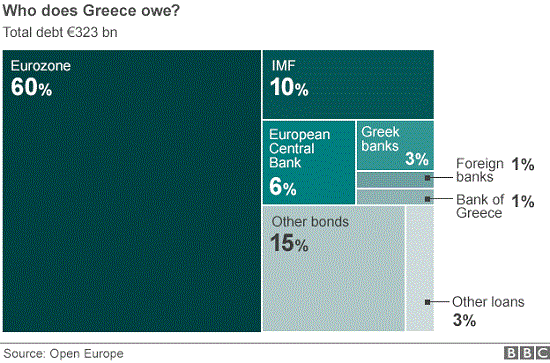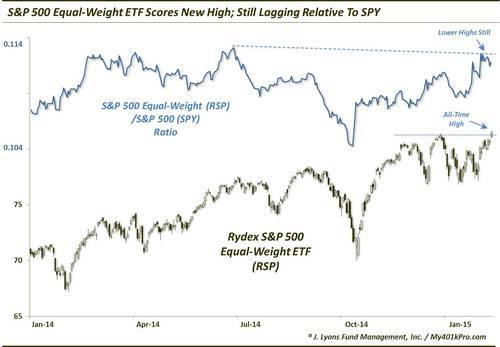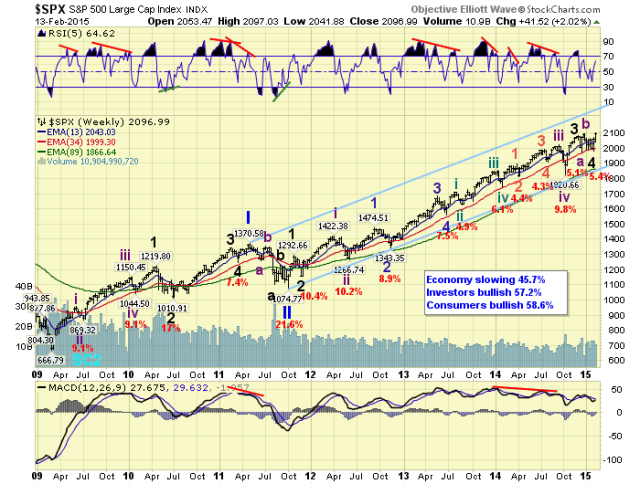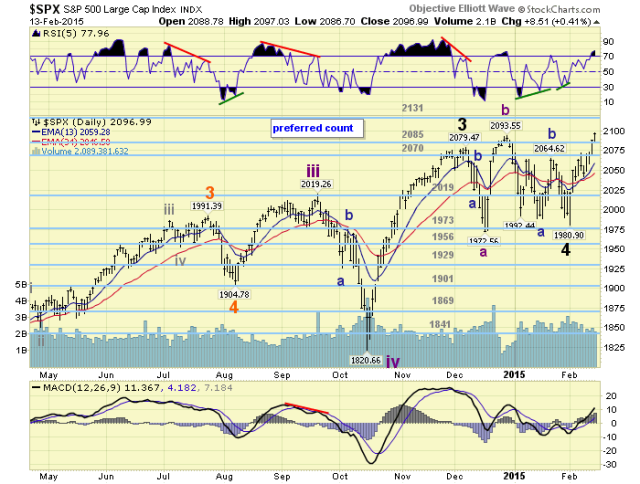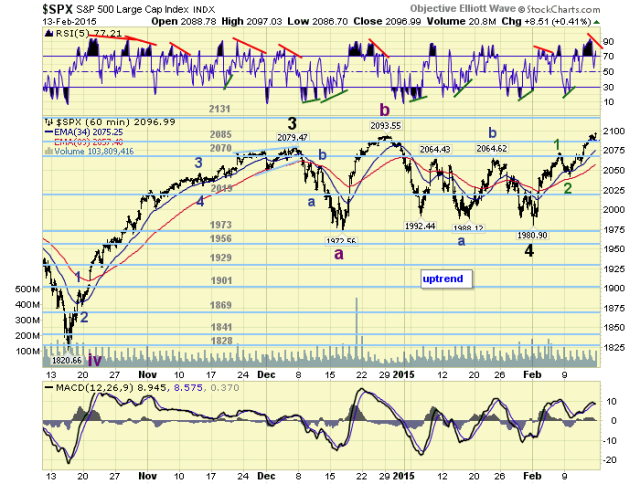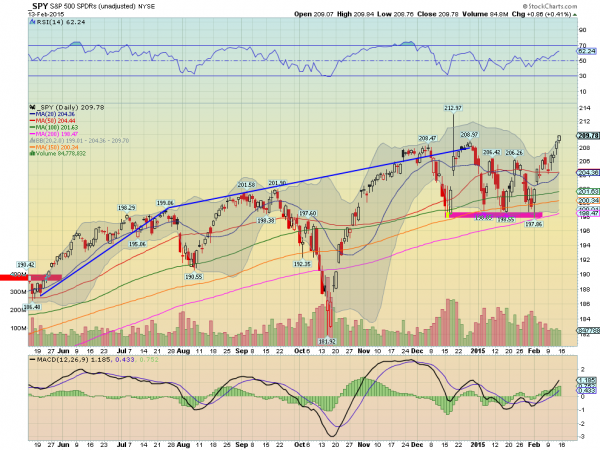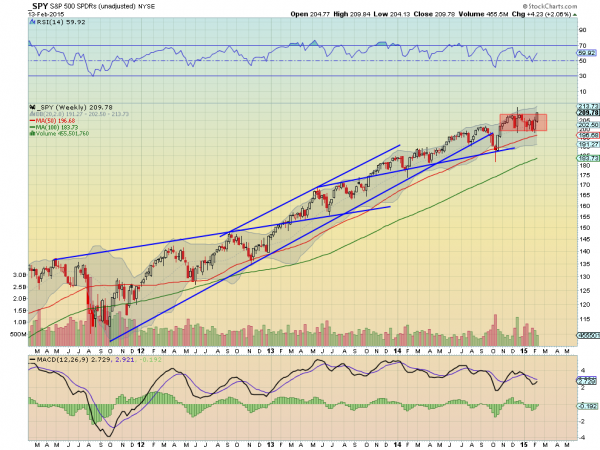by Ramsey Su
On Shaky Ground
Real estate does not crash, it is real estate financing that crashes.
Easy sub-prime mortgages caused real estate prices to artificially appreciate, lack of even-more-sub-than-sub-prime financing caused prices to come back down. Real estate did not crash, the sub-prime mortgage market did. During the RTC era, deregulation allowed the S&Ls to lend and participate in all kinds of unsound projects. Re-regulation shut down the madness. The daisy chain broke and wiped out the entire S&L industry (Daisy chain was the the most popular Ponzi scheme of those days). It was financing that took the prices up, only to return to earth when financing crashed.
Superficially, the real estate market today is stable and steadily recovering, so I am told. When you examine the invisible forces propping up prices, today’s market is on shakier ground than the sub-prime or the RTC era. Government intervention has always been part of the real estate market but never to the extent of today. Now that the private sector has been squeezed out, the government can only turn to itself.
The Federal Reserve
The Federal Reserve created $1.488 TRILLION via purchases of mortgage back securities under QE3, from September 2012 to present. Below are two excellent charts from MDN. They show the 30 fixed mortgage rate vs the refinance and purchase indexes.
Refi index vs. 30 year fixed mortgage rate – click to enlarge.
Purchase index vs. 30 year fixed mortgage rate – click to enlarge.
What conclusions can we draw?
QE3 succeeded originally in lowering the mortgage rate, which was already declining. The mortgage rate subsequently moved in anticipation of but not due to actual Fed actions, such as talk of tapering. Now rates are at the mercy of global currency wars and who knows what they will do tomorrow, with or without more Fed intervention.
The refinance index behaved as expected, moving inversely to mortgage rates. The purchase index, however, flat-lined as if purchasers weren’t paying attention to rates at all. I believe this is because rates are so low already that purchase decisions have become impervious to interest rate fluctuations.
The Agencies
The other force elevating the real estate market is the choke hold on the secondary market by the agencies, namely Freddie, Fannie, the FHA and VA. Increasingly, it is politics that determines underwriting guidelines. It has been almost 7 years since the government took over Freddie and Fannie. It took over 5 years to appoint a permanent director, Mel Watt, for a conservatorship that is supposed to be temporary. Quietly, Mel Watt has been pushing higher debt-to-income ratios, lower down-payments and lower credit scores. In other words, sub-prime lending is back.
Increasingly, these agencies are behaving like self insured companies with a random but unlimited amount of loan loss reserves. They know full well that if the excrement were to ever hit the fan again, they will always be bailed out. The FHA recently reduced its mortgage insurance (MMI) by .5%, from 1.35% to 0.85%. The market cheered. The Mortgage Bankers Association reported a 76.5% increase in FHA refinance applications the week this reduction was announced. Is this a good thing?
This decision to reduce MMI came at a time when the FHA’s capital reserve ratio is at .41% vs. 2% as mandated by Federal Law. The FHA’s justification is that insurance rates can be reduced because it is on a path to reach that 2% reserve goal in 2 years. Can you imagine State Farm reducing flood insurance premiums, even though they have inadequate reserves to cover losses, because they think their reserves should be adequate in 2 years time? What happens if there is a flood in the meantime, especially when the weather report forecasts heavy rain?
The Borrowers, a.k.a. The Sheep
Sam Khater, economist at CoreLogic, wrote an excellent article recently, entitled Ability-to-Leverage Drives Foreclosure Risk. Mr. Khater presented two charts that perfectly illustrate the deterioration in the quality of borrowers.
Figure 1 of his article shows the high level of foreclosure rates:
Foreclosures have been in a steady uptrend since the 1980s – i.e., since the start of the credit bubble era – click to enlarge.
Figure 2 shows that the current loan-to-value ratios are still substantially higher than before the sub-prime era. Lower ratios would suggest that the market can absorb extraneous shocks with ease, and vice versa.

Leverage drives foreclosures.
Sheep will always be sheep. They survive for the purpose of getting fleeced and then slaughtered. During the original sub-prime era, sheep were turned into mortgage slaves and their household balance sheets destroyed. The flock has not yet recovered from the 2007 disaster and the masters are already planning their next visit to the slaughter house. I think they are now labeled “credit worthy borrowers” who are unfairly denied financing because of overly stringent underwriting guidelines.
The Regulators
There were plenty of regulators. The Fed, FDIC, SEC, OCC, OTS all fell asleep at the wheel during the sub-prime bubble. All of them are still in existence and as regulators, still napping. Today, as a result of Dodd-Frank, there is a new regulator, the CFPB. So far, the CFPB has proven to be more of a bureaucratic nuisance, adding to the red tape but serving no preventive purposes. The CFPB started out with a roar. They wanted QM (qualified mortgages) that mandate a down payment of 20% and a maximum benchmark of 43% DTI (debt to income).
In the battle of one government agency against another, the CFPB was beaten back before it could make a move. Here is a video of its attempt:
My point is that regulators did nothing to prevent the sub-prime fiasco and are doing nothing apart from inflating a new bubble today.
So What Could Crash the Real Estate Market?
Anything to do with financing could crash the market. Higher rates, moving to the 5% range for a 30 year fixed rate mortgage, would shut down the market. Privatizing the agencies would do it, unless the government remains as the unconditional guarantor of all agency mortgages. In other words, if the Federal Reserve and the Treasury discontinue the massive blood transfusion, the market will crash.
Any negative change to the financial well-being of households could crash the market as well. The bulls said millions of jobs are being created. The bears retort that only low paying jobs are being created, while the work force continues to decline. The facts, as they pertain to mortgages, will manifest themselves in delinquencies.
Defaults are sky high in comparison to historical standards. Here is the latest delinquency report from the St Louis Fed:
Delinquency rates on single family mortgages – click to enlarge.
The Fed’s data is outdated by a quarter. Black Knight (formerly LPS) has data up to December 2014. Here is their delinquency table:
Up-to-date delinquency and other data, via Black Knight – click to enlarge.
The best leading indicator is the first row in the table above – properties that are in the early stages of default. This rate is stabilizing at an unacceptable level. The market has seemingly forgotten that there are still millions of negative equity loans. There are also millions of artificially modified loans in the agencies’ portfolios. Compounded by the shaky loans that have been originated by the agencies during the last couple of years, especially minimal down FHA loans, too many households remain just a couple of paychecks away from default.
The bigger issue is not what may crash the market but the magnitude of the event. During the Volcker years, even when rates were raised to astronomical levels (can you imagine a Federal Funds rate of 20%, vs. one approaching negative levels today), the market did not move much because there were only a small minority of loans at risk. During the sub-prime bubble, if not for derivatives that leveraged its size, Bernanke could have been correct by stating that sub-prime was contained in 2007. Today, the underlying market weakness is so broad that any new snow flake may be the one that sets off an avalanche. Policy makers have already gone all in with no tools left to minimize the damage.
As you might expect, I remain bearish on housing.





